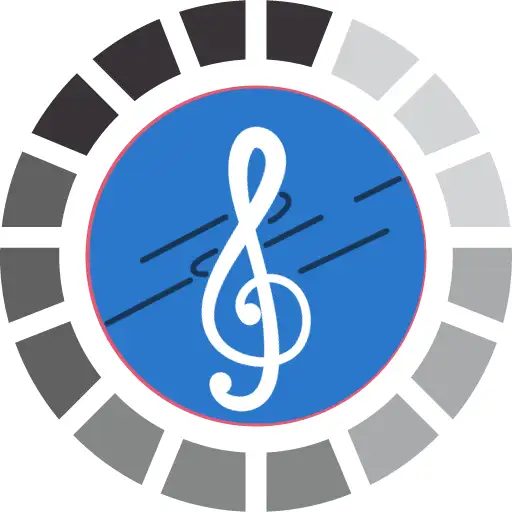Nursery rhymes have been an integral part of children’s literature for centuries, captivating young minds with their whimsical tales and catchy tunes. One such timeless nursery rhyme is “See Saw Margery Daw.” In this article, we delve into the origins, meaning, and significance of this charming rhyme, unraveling its hidden depths and exploring its enduring popularity among children and adults alike.
Video Credit @HappyKids
A common modern version is:
See Saw Margery Daw,
Jacky shall have a new master;
Jacky shall earn but a penny a day,
Because he can’t work any faster.
“See Saw Margery Daw” Older Lyrics
See-saw, Margery Daw,
Sold her bed and lay on the straw;
Sold her bed and lay upon hay
And pisky came and carried her away.
For wasn’t she a dirty s lut
To sell her bed and lie in the dirt?

The Origins of “See Saw Margery Daw”
“See Saw Margery Daw” has a rich history that dates back to the 18th century. Its origins can be traced to traditional English folklore, where it was often sung or recited as a popular playground game. This heading delves into the historical context and explores the early variations and adaptations of the rhyme.
The Story and Lyrics of “See Saw Margery Daw
The lyrics of “See Saw Margery Daw” tell the story of a young girl named Margery Daw and her playful escapades. This section examines the narrative elements of the rhyme and analyzes the meaning behind each verse. By exploring the characters, settings, and events depicted in the rhyme, we gain a deeper understanding of its themes and messages.
Educational Value and Developmental Benefits
Nursery rhymes serve a crucial role in early childhood development. This section discusses the educational value of “See Saw Margery Daw” and how it contributes to children’s language skills, cognitive development, and emotional growth. It highlights the rhyme’s rhythmic structure, repetition, and rhyming words, which aid in building phonemic awareness and vocabulary acquisition.
Cultural Significance and Traditions
As with many nursery rhymes, “See Saw Margery Daw” has become ingrained in popular culture and is often referenced in literature, music, and other forms of media. This heading explores the cultural significance of the rhyme, its enduring popularity, and how it has been passed down through generations. It also discusses any regional or cultural variations that exist.
Psychological Interpretations
Nursery rhymes often have hidden meanings and symbolism, and “See Saw Margery Daw” is no exception. In this section, we delve into various psychological interpretations of the rhyme, exploring possible allegorical representations and analyzing the underlying themes of identity, childhood innocence, and the exploration of the self.
Incorporating “See Saw Margery Daw” in Early Childhood Education
Teachers and parents can utilize nursery rhymes like “See Saw Margery Daw” as valuable teaching tools. This heading explores practical ways to incorporate rhyme into early childhood education, suggesting activities, games, and discussions that enhance learning, creativity, and social interaction among young learners.
Frequently asked questions about “See Saw Margery Daw”:
What is the meaning of “See Saw Margery Daw”?
“See Saw Margery Daw” is an expression of a child’s playful nature, representing the joy and innocence of youth.
What are the origins of the nursery rhyme “See Saw Margery Daw”?
The origins of the rhyme can be traced back to traditional English folklore and playground games.
Are there different variations of the “See Saw Margery Daw” rhyme?
Yes, there are regional and historical variations of the rhyme, reflecting the diversity of oral traditions.
How can nursery rhymes like “See Saw Margery Daw” benefit early childhood development?
Nursery rhymes enhance language skills, cognitive development, and social-emotional growth in young children.
Are there any hidden meanings or symbolism in “See Saw Margery Daw”?
Many interpretations suggest deeper meanings related to identity and the exploration of self.
Conclusion:
“See Saw Margery Daw” remains an enchanting nursery rhyme that has delighted generations of children. Its timeless appeal, educational value, and cultural significance make it a cherished part of childhood literature. By understanding its origins, story, and hidden symbolism, we can appreciate the profound impact this rhyme has had on young minds. Let us continue to embrace the magic of “See Saw Margery Daw” and pass it on to future generations, ensuring its legacy lives on.

